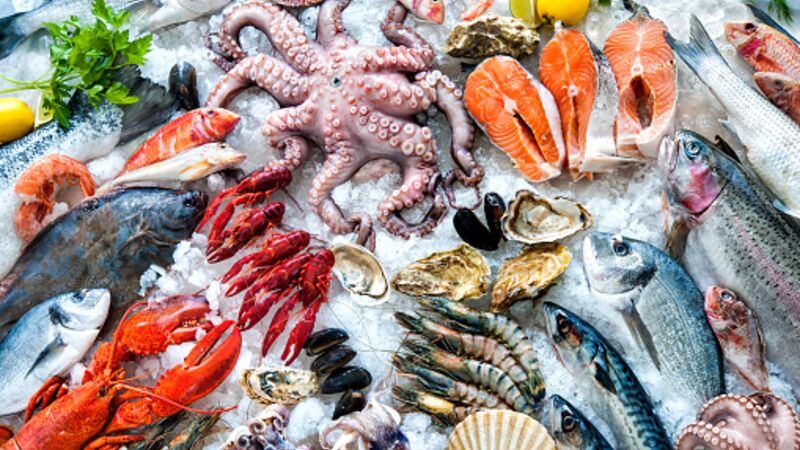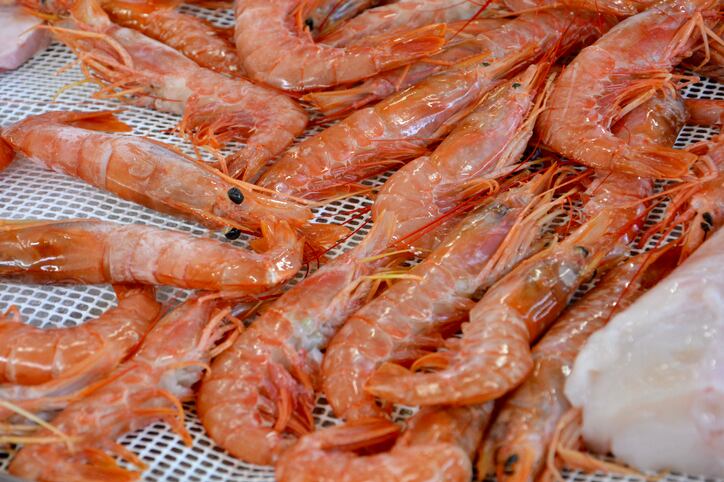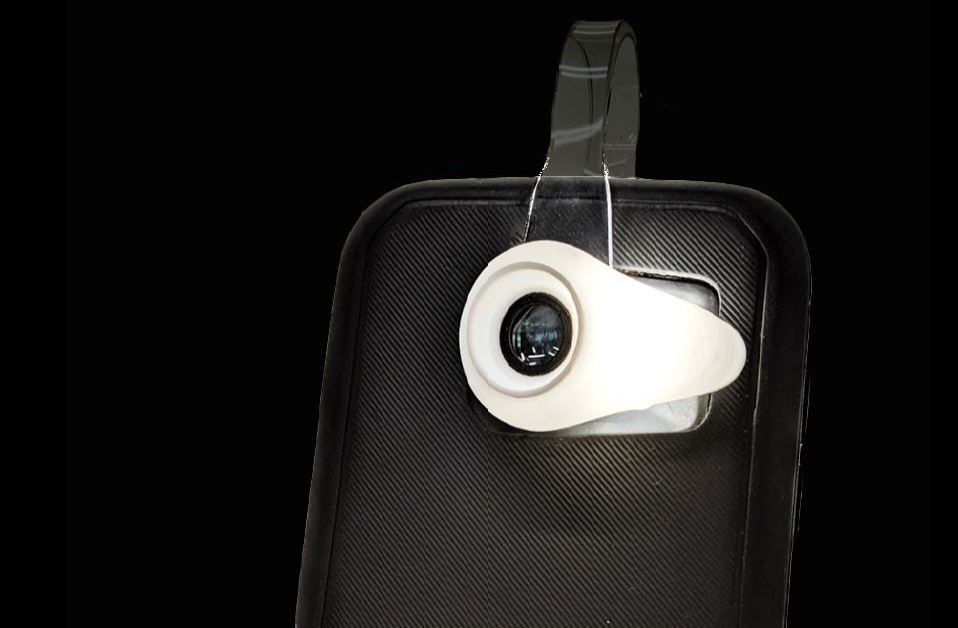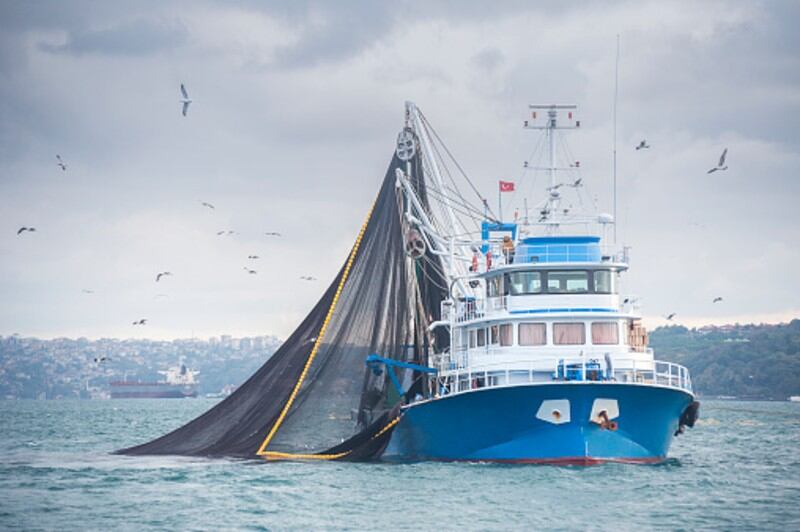According to a new seafood industry report focused on Japan by financial think tank Planet Tracker dubbed ‘Against The Tide’, Japan’s seafood industry is facing a major challenge - Too much natural capital (such as fish supply) has been depleted, whereas Japanese seafood firms have been relying on financial tactics such as foreign expansion, vertical integration, cost-cutting and so on to bypass these – but will not be able to hold out for much longer.
“Seafood stocks, suply and demand in Japan have all seen a drop, yet between 2010 and 2019, the seafood companies we researched in this report have all reported rising profits and share prices,” report lead author Francois Mosnier told FoodNavigator-Asia.
“This is due to the employment of various strategies by companies’ management [but] most strategies that these firms have employed to avoid financial issues coming to the surface so far have more or less run their course,”
“For instance, when it comes to cutting costs and vertical integration, the costs that can be cut e.g. non-production costs like marketing and administration have already been cut very much locally, and will reach the limits soon.”
The report analysed 70 companies including general food and seafood producers, feed producers, general food and seafood retailers, restaurants and conglomerates listed on the Tokyo Stock Exchange including big names such as Mitsubishi Corporation and Nissui.
“Currently, the main key financial indicators that investors in seafood companies are concerned with are things like increasing revenue, profit, cashflow, returns and so on, [whereas sustainability is not so high on the list] – in this report, we have suggested multiple strategies which allow growth in a sustainable way so there is no need to compromise on one or the other,” said Mosnier.
“For instance, one suggestion is to address the country’s food waste, which is pretty substantial in Japan due to local regulations making seafood having to go through multiple hands and is likely to have worsened in 2020 given the oversupply challenges faced by many seafood companies due to the COVID-19 crisis.
“Reducing food waste would increase cashflow, which is good for the company and for the marine ecosystem as less fish would be harvested for the same money.”
The key urgency highlighted though was the need to stop overfishing, thus halting the depletion of the industry’s main natural capital and pressure on revenue and profit generation. According to Mosnier, the most pressing thing to do here is for companies to increase transparency over their fishing impacts.
“Seafood firms need to be clear about their exact impacts on fish stocks and report the quantities and types of fish they are sourcing from key fish stock,” he said.
“This information is key for investors – whom, our research shows, are already starting to pull away from seafood companies at this stage – to measure whether a company is overfishing or not.
“Although it may not look good for a firm in the beginning, it really is crucial so that analysts can access this data and draw conclusions over whether overfishing is happening, so a company can see whether a certain area is heading for collapse and then justify a switch to a new, healthier stock.
“So although there may be NGO comments and the like at first, it is much better to bring this up and improve rather than maintain status quo and then end up [seeing the business] collapse instead.”
As for why companies might choose to reveal this information considering the risks and how attractive the sustainability story actually is to investors, Mosnier told us that there is research showing investors preferring a sustainable business over an unsustainable one.
“The word sustainability has been so overused these days, but in the context of investment, we look at Environmental, social, and governance (ESG) investment, which is really very trendy these days,” he said.
“There are many ESG funds out there which are performing well, and McKinsey research has also shown that firms are happy to pay a 10% premium on sustainable companies compared to unsustainable ones, with all else equal – [so in short], sustainability is still attractive.”
How are companies reacting
Mosnier said that the report’s findings have been sent to the 70 Japanese companies analysed, as well as other international seafood companies, investors, NGOs and so on – and so far the reactions have ‘not been bad’.
“We are still in the process of engaging with all these firms so I cannot reveal exact details, but what I can say is that there have been no negative comments nor have we been ignored,” he said.
His optimism about his suggestions finding accepting ears is not ungrounded either – Planet Tracker published a report on overfishing last year and sent the results of that to local firms. Nissui, Japan’s second largest seafood firm has since moved to disclose some of its data for analysis.
“The level of information obtained [for analysis] since then has increased – Nissui disclosed its data by fish family (salmon, trout, etc.) for analysis, although not the supply percentages. So it’s not yet ideal, but it’s a good step in the right direction," he said.
“What we believe is that it’s possible some of these firms will start, others will see this and then adapt to also follow so as to look good and in keeping with sustainable practices too.”
Other pressures on Japan’s seafood industry
In addition to overfishing, Japan is also facing the rising challenge of declining seafood demand, especially amongst younger consumers.
“Per capita seafood consumption in Japan has dropped by 35% between 2001 and 2017, where this has risen 27% in the rest of the world, which shows just how much of a difference there is,” said Mosnier.
“In countries with high seafood consumption (over 30kg per capita), Japan is showing the steepest decline worldwide as well – and this is caused by several factors including age, where the decline is much more pronounced in those below the age of 40.
“This has been attributed to the westernization of diets here, where these consumers want to eat more bread, beef, chicken, pork and this has seen Japan’s meat consumption rise to be higher than fish for the first time in history.”
Other concerns include food safety, as a result of the Fukushima disaster thought by many to have impacted radiation levels in seafood; and convenience.
“The time needed to prep fish makes it an unlikely choice for busy working consumers,” he said.
“The seafood industry is trying to adapt with things like processed and microwaveable products, but ironically many are also making the switch towards meat, e.g. seafood wholesalers are now making large investments into meat storage capacities.”





